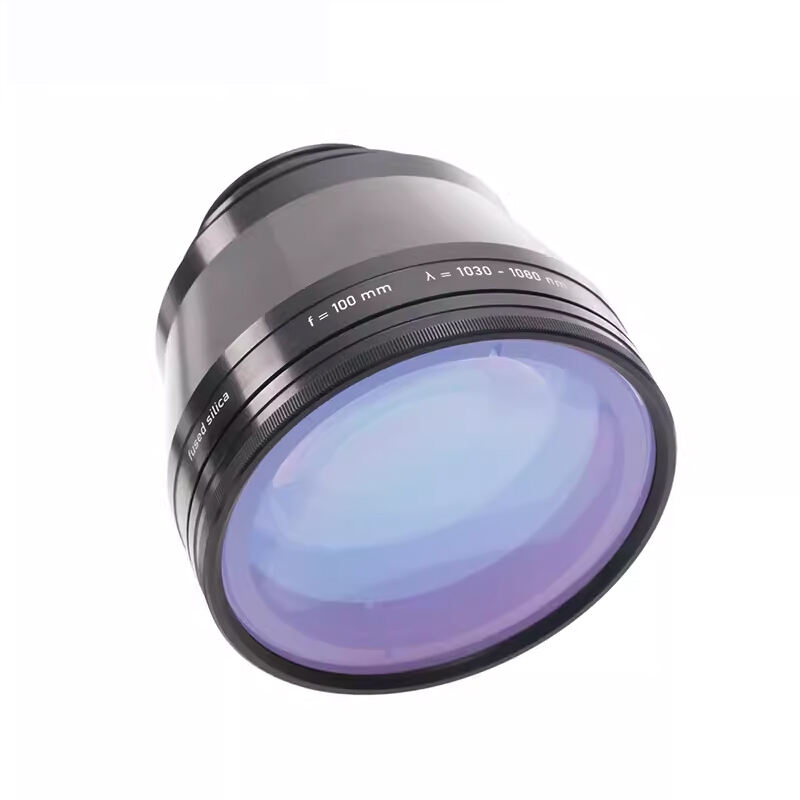Understanding the Versatility of Modern Laser Drilling Technology
The advancement of industrial manufacturing has revolutionized the way we process materials, and at the forefront of this evolution stands the laser drilling machine. This sophisticated equipment has transformed precision manufacturing, offering unparalleled accuracy and versatility across numerous materials and applications. From aerospace components to medical devices, laser drilling technology continues to expand the boundaries of what's possible in material processing.
Modern laser drilling machines utilize concentrated beams of light to create precise holes and patterns in various materials. The technology's exceptional precision, speed, and ability to work with diverse materials have made it indispensable in contemporary manufacturing. Understanding the full spectrum of materials compatible with laser drilling opens up new possibilities for manufacturers and engineers seeking optimal production solutions.
Metal Materials in Laser Drilling Applications
Common Industrial Metals
The laser drilling machine excels at processing a wide range of industrial metals. Steel, in its various forms, remains one of the most frequently drilled materials, including stainless steel, carbon steel, and tool steel. These metals benefit from the precise, clean cuts that laser technology provides, with minimal heat-affected zones and exceptional hole quality.
Aluminum and its alloys are also highly suitable for laser drilling processes. The technology's ability to create precise micro-holes makes it particularly valuable in aerospace applications, where weight reduction and aerodynamic performance are crucial. Titanium, known for its strength and resistance to conventional drilling methods, can be effectively processed using laser drilling machines, making them essential in medical implant manufacturing and aerospace components.
Precious and Exotic Metals
Beyond common industrial metals, laser drilling machines can process precious metals like gold, silver, and platinum. This capability is particularly valuable in jewelry manufacturing and electronic components where precision and material conservation are paramount. The technology's ability to create intricate patterns and precise holes without material waste makes it economically viable for working with these expensive materials.
Exotic metals such as molybdenum, tungsten, and nickel alloys can also be effectively drilled using laser technology. These materials, often challenging to process with conventional methods, benefit from the non-contact nature of laser drilling, which eliminates tool wear and reduces processing costs.
Non-Metallic Materials and Their Applications
Ceramics and Glass
The versatility of a laser drilling machine extends to ceramic materials, including both technical ceramics and traditional pottery. The technology's ability to create precise holes without mechanical stress makes it ideal for processing brittle materials. Advanced ceramics used in electronic components, medical devices, and automotive applications can be drilled with exceptional accuracy and repeatability.
Glass processing represents another significant application area. From specialized laboratory equipment to consumer electronics, laser drilling enables the creation of precise holes in various glass types, including borosilicate, quartz, and tempered glass. The technology's ability to process these materials without cracking or chipping has revolutionized glass manufacturing processes.
Polymers and Composites
Modern manufacturing increasingly relies on advanced polymers and composite materials, and laser drilling machines have adapted to meet these needs. Thermoplastics, thermosets, and various engineering plastics can be precisely drilled using appropriate laser parameters. The technology's ability to create clean holes without melting or deforming the surrounding material makes it particularly valuable for medical device manufacturing and electronic components.
Composite materials, including carbon fiber reinforced polymers (CFRP) and glass fiber reinforced polymers (GFRP), present unique challenges in conventional drilling. However, laser drilling machines can effectively process these materials, creating precise holes without delamination or fiber breakout. This capability has made laser drilling essential in aerospace, automotive, and sporting goods manufacturing.
Advanced Materials and Future Possibilities
Semiconductor Materials
The semiconductor industry relies heavily on laser drilling technology for processing silicon wafers and other semiconductor materials. The precision and cleanliness of laser drilling make it ideal for creating vias and through-holes in semiconductor substrates. As electronics continue to miniaturize, the role of laser drilling machines in semiconductor processing becomes increasingly critical.
Other advanced materials like gallium arsenide, silicon carbide, and various compound semiconductors can also be effectively processed using laser drilling technology. The ability to create microscopic features with high precision makes laser drilling essential for manufacturing advanced electronic components and photonic devices.
Emerging Materials
As material science advances, new possibilities emerge for laser drilling applications. Two-dimensional materials like graphene and various nanomaterials present exciting opportunities for laser processing. The technology's ability to work with these cutting-edge materials positions laser drilling machines at the forefront of future manufacturing innovations.
Biodegradable materials and sustainable composites represent another growing area for laser drilling applications. As industries move toward more environmentally conscious manufacturing processes, the precision and efficiency of laser drilling technology make it well-suited for processing these novel materials.
Frequently Asked Questions
What is the minimum hole size possible with a laser drilling machine?
The minimum hole size achievable with a laser drilling machine typically ranges from 10 to 100 micrometers, depending on the specific laser system and material being processed. Advanced systems can achieve even smaller dimensions for specialized applications.
How does material thickness affect laser drilling capabilities?
Material thickness directly impacts drilling parameters such as power requirements, processing time, and achievable aspect ratios. While most laser drilling machines can process materials up to several millimeters thick, the optimal thickness varies depending on the material type and desired hole quality.
Can laser drilling machines process multiple layers of different materials?
Yes, laser drilling machines can process multiple material layers, though careful parameter optimization is required to achieve consistent results. This capability is particularly valuable in electronics manufacturing and multilayer composite processing.
 EN
EN
 AR
AR
 FR
FR
 DE
DE
 JA
JA
 KO
KO
 RU
RU
 ES
ES


